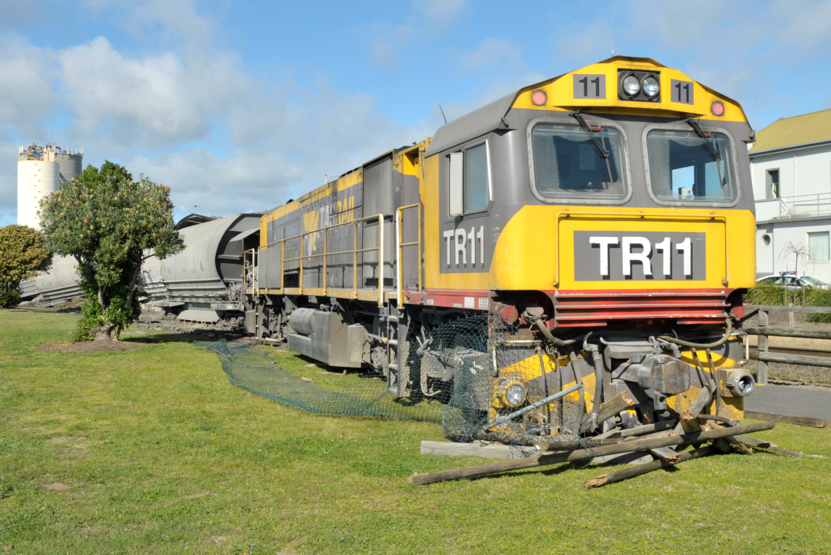
|
Key points
|
The Australian Transport Safety Bureau has released a final report detailing more than a dozen safety actions which address findings from its investigation into the runaway and derailment of a cement train in Devonport, Tasmania.
On 21 September 2018, a driver was using remote control equipment to position a TasRail train for cement loading at a siding in Railton, south of Devonport, when the train stopped responding to commands.
After a series of uncommanded emergency brake applications and releases, the train began to roll away with no-one on board.
This began a 23-minute runaway, through ten active and three passive public level crossings, beneath a highway overpass, and through five sets of points, mostly at speeds greater than the maximum track speed.
TasRail’s network control diverted the train away from public areas to a siding in Devonport Yard, where it collided with a concrete footing and surrounding fences. Fence debris struck two pedestrians nearby, resulting in minor injuries to both. Nobody else was injured.
ATSB Chief Commissioner Angus Mitchell praised the actions of TasRail network control and other staff, as well as the prompt response by Tasmania Police to keep key level crossings clear as the train passed.
The subsequent ATSB investigation found 11 contributing factors for the accident, and highlighted ten distinct safety issues (ongoing safety concerns).
“Throughout this complex and in-depth investigation, the ATSB has worked with various stakeholders and encouraged them to take safety actions aimed to ensure this type of accident does not occur again,” Mr Mitchell said.
“Pleasingly, the final report details more than a dozen safety actions taken to address these issues, by the operator TasRail, the remote control equipment
manufacturer, the rail standards board, and the regulator. All the identified safety issues either have been addressed, or are being addressed.”
Among other actions, TasRail has installed catch points at Railton to prevent uncontrolled train movements from reaching the main line, and has improved its emergency response procedures.
The ATSB found the remote control system, which is no longer in use, had several safety-related design and integration problems that were readily identifiable.
Accordingly, the ATSB’s final report emphasises the need for organisations involved in the development or operation of systems that are performing safety-critical functions to follow ‘system safety’ methodologies.
“These are techniques that can be applied throughout the design and operation of complex systems to prevent the systems from behaving in undesired ways,” Mr Mitchell said.
“Since the remote control system was designed, there have been substantial improvements in the quality and availability of systems safety guidance for complex rail systems in Australia.
“However, it is important this accident serves as a reminder for a heightened focus on systems safety from all transport operators and manufacturers, into the future.”
The report specifically notes new standards, guidance, and fact sheets published by the Rail Industry Safety and Standards Board (RISSB) in recent years, to assist rail transport operators in systems safety, systems engineering and change management.
The report also notes the Office of the National Rail Safety Regulator (ONRSR)’s enhanced focus on the importance of a system engineering approach, including a safety message published in March 2019, and two related fact sheets released in 2020, emphasising the need for a systems engineering approach in rail projects.
“The ATSB strongly advises operators and developers of complex rail systems to follow this guidance, so that they can have a high level of confidence in the overall safety of the system,” Mr Mitchell said.
Read the report: Runaway and derailment of TasRail freight train, in Devonport, Tasmania, on 21 September 2018


